I love arranging. Organizing. Boxes, drawers, cabinets. Charts, lists, spreadsheets. Order out of chaos. In my mind, Heaven looks like a fantastically enormous, perfectly-organized closet.
Arranging is my thing. It’s not just fun. It’s essential. When I’m stressed, I clean my desk and fold laundry. Some people take walks or long showers when they need to work out the solution to a problem. I make a schematic of it.
When my workshop proposal on character development was accepted for the upcoming NEC RWA conference in May, I looked at my handouts—character interview, plot summary, emotional milestones checklist—and realized that I was missing a way to introduce the workshop. How was I going to explain why this stuff was relevant? How could I frame the exercises so that everything spoke to a purpose that made this more than a step-by-step guide to writing well-developed characters?
It was a conundrum.
So…I made a graph. A looooooove graph.
And when it was done, suddenly the entire workshop—not just the introduction—fell into place. Not just that, but the love graph helped me work out a few things in my manuscripts that I’d been struggling with. It was neat, orderly, visual—it was my thing.
So what does the love graph look like? Well, here it is:
How the main characters perceive themselves in terms of readiness (for love, for a quest, for friendship, for whatever the core story involves) and how actually ready they are might not look exactly like this. In other words, the exact measurements of readiness aren’t that important to the why of writing well-developed characters. Rather, it is the trajectory that matters, and the difference between self-perceived and actual readiness just after The Challenge (heroine discovers that hero started dating her because of a bet, bad guys capture the superhero, and so on). The characters have to be developed in such a way that they think they aren’t ready to handle The Challenge, but in fact they are. And in romance novels, that has to happen for at least two characters (Yet another reason why romance novels are so complex and difficult to write!)
The cool thing is that, in making this graph to help me figure out how to explain why character development was important, I ended up with more material that I can actually use in the workshop.
What about you? Do you have a “thing” that you do when you’re mulling over a problem or want to just relax? Share examples, stories, tips and tricks—anything!

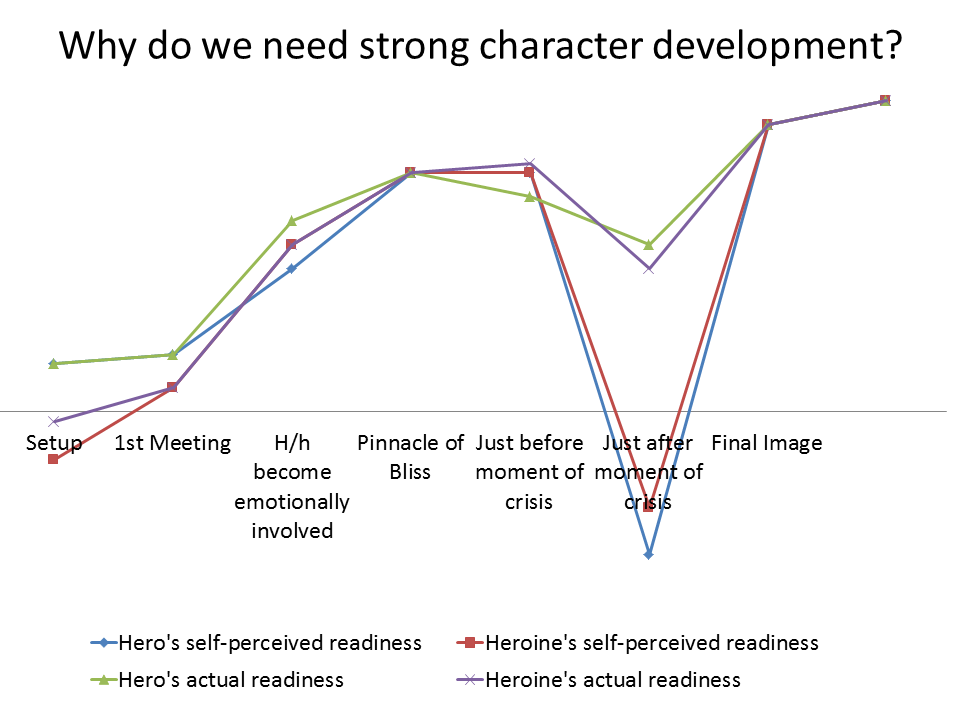




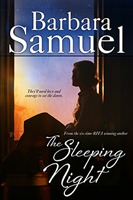

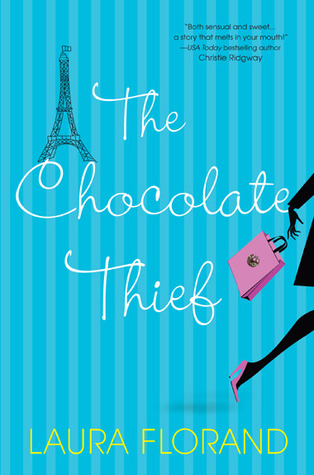
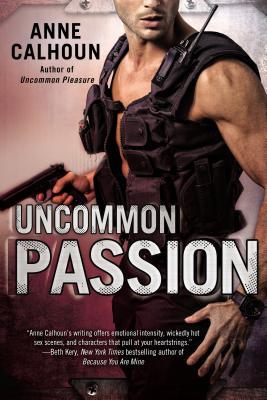



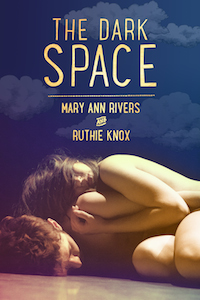



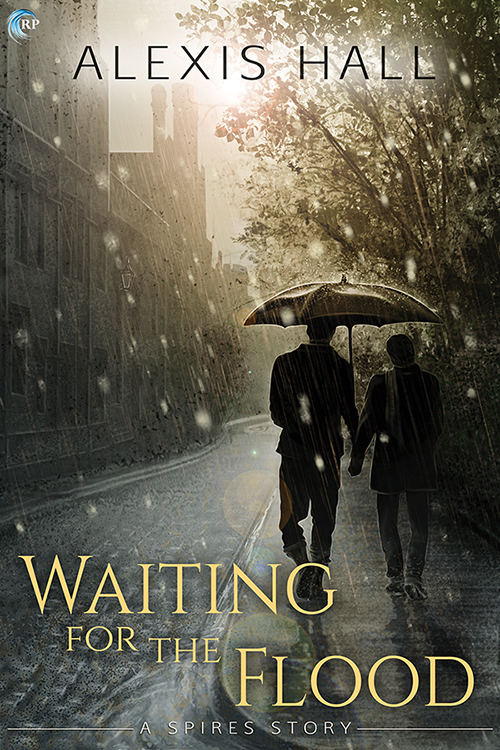

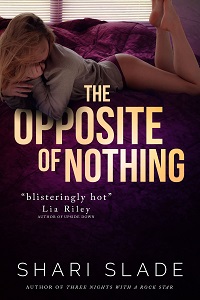
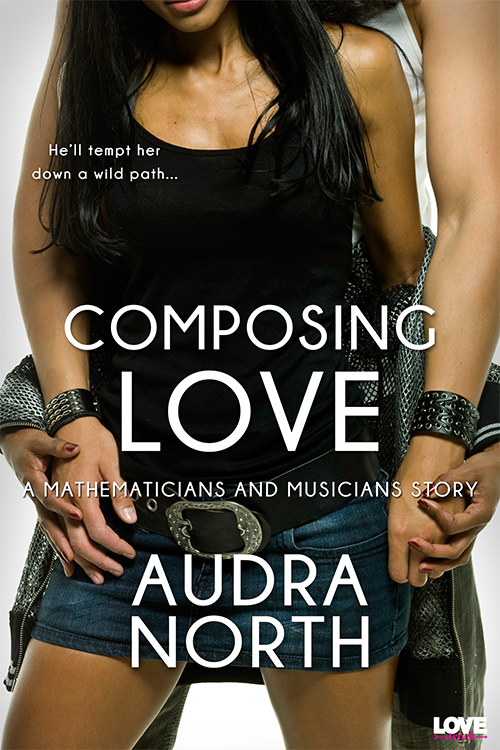
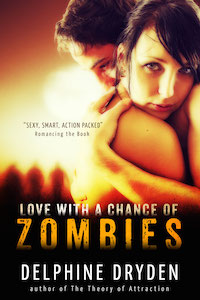

Love it! I don’t think I’ve ever thought of it quite in those terms–perceived readiness–but that makes sense and adds another way to get myself through that dark moment. :-) And I *totally* appreciate the visual.
It took me a long time to get to “perceived readiness,” and I admit that I’m still not sure it’s right. I started with “shallow receptivity to love” versus “deep receptivity to love,” but I have a dirty mind, so those descriptions kept reminding me of thrusting. :)
Whoa. Graph boner.
*adjusts*
This is a great approach, Audra, and like Serena said, I’ve not considered each character’s perceived readiness, not compared to their actual readiness. Great visual.
To your question: I make spreadsheets. Stressed or relaxed, problem-solving or procrastinating, I love opening a new doc and setting up a system to calculate something. Or plan something. Or schedule something. (Or graph something.)
Hee hee! A groner. Nice!
Order-loving anal types unite!
*whips the data*